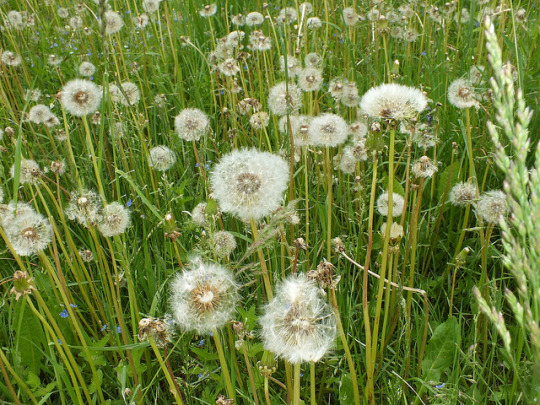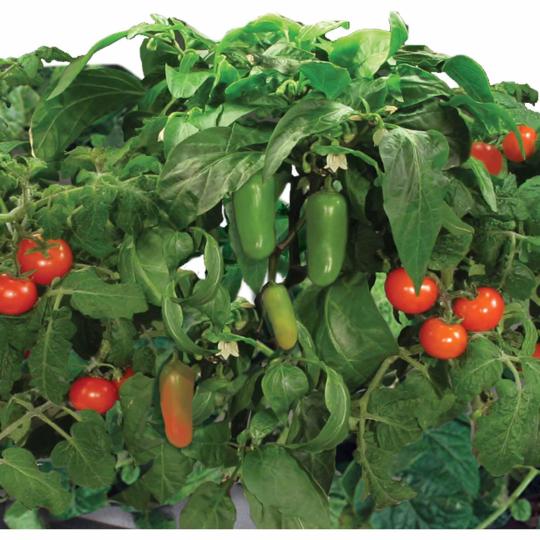#magister
This took me longer than it should have but here is Dorian, looking miserable and sassy, as we may all be feeling right now. His hair was a struggle for me but I’m gonna call this done anyway!
Post link
By Wesley J. Wood
Since it’s #NationalWeedYourGardenDay, it’s time for a metaphor I would only think of today. Setting up your foreign language classroom for success is like tending a garden. I think students and teachers can both relate to this idea. As I student, I definitely remember some teachers having a “green thumb”, making significant growth for us wee sprouts possible. For other teachers, let’s just say: not so much. Now as a teacher who is actually thinking about how to urge on students (from hortus or “garden”….from the verb “to urge on”…get it), summer is really the time to start planning for my next garden and reflect on my previous one. It takes a lot of TLC for the fruits or vegetables of your labor to show, and we as teachers certainly know this. But as any gardener knows, it is indeed possible to over-water your plants and conversely to under-water. Likewise, any myriad of things may happen: weeds, droughts, pesky herbivores, etc. To help guide us along the year, here’s a quick list of ideas – weeds, prunes, and blooms – we can do throughout the year to keep our new shoots growing in our own FL classrooms, regardless of target language.
Bloom: Know What Plants Will Be In Your Garden
After you do your tilling or laying the groundwork for your curriculum (i.e. general ideas for units), you really have to wait until the first day of school to identify who will be in your classroom. No, I’m not just talking about the class roster, which of course should be memorized as quickly as possible. I’m talking about student questionnaires to learn more about them directly. Who they really are (or at least what they want you to know about them): what they do, what they like to do, how best they learn, etc. Doing this simple action via notecards on the first day can set up the development of your rapport with students and (cleverly) give you lots of material for future unit and lesson plans. While many plants require similar amounts of care, water, and sunlight, other plants require special attention – to be over- or under-watered. We just need to figure out how to take care of them as quickly as possible. There’s nothing wrong with a cactus – just don’t get poked!

Prune: If Something Isn’t Helping, Clip It Off
Pruning helps keep the plant growing the way you want it to. Sometimes a bloom that once looked promising just kind of died off. I’m sure all of us can think of an activity or lesson that had a lot of potential but just didn’t pan out. Or even more appropriately, think about an activity or lesson and evaluate it. Ask yourself: “Is this conducive to helping my students grow in the target language?” If no, it’s probably time to prune that. We all have go-to activities because they’re quick and easy, but if they truly aren’t helping students, what’s the point beyond finishing the work day? At the same time, it’s important to keep an eye on individual students and check in with them to see how they are doing (see below point). If you can identify that they are doing something that just isn’t working for them (e.g. how they learn vocabulary), help them cut it off and give them something else to help.

Weed: Yelling At A Plant To Make It Grow Faster
In case you are unaware, plants do not have ears. Even though you want your tomatoes, peppers, or jalapeños to grow faster (yes, this garden is a salsa garden in my metaphor), you can’t harvest until they are ready on their own. All you can do is set the stage for them and let them do their thing, while occasionally checking in on them. This point is so true for the foreign language classroom. Students are only going to be able to produce output when they’re truly ready; you can’t force it. And if you’re going to try, it’s up to you to provide them with the right tools to do so: a jigsaw, a think-pair-share, a role play, etc. I remember a point my MAT advisor shared with me, to paraphrase: my job as a FL teacher is to provide input and then step-back and let them do the work. I think this is a hard fact about many teachers, myself included – we just have to always be talking and directing the classroom. That may be true at the first part of their growth with lots of input, but a class period of just me talking is boring and unhelpful, despite how entertaining I may be. Eventually once they are ready, it’s time for me to stop watering and let the students grow on their own (via carefully structured activities).

Bloom: Checking In Throughout The Season For Growth
This may be obvious, but the reason why we assess students is to see if things are working: on their side and on our side. Usually, we focus on theirperformance. But what about our own? Here’s an idea: ask your students if what you’re doing is actually beneficial to their learning. If that special fertilizer is working, add more of it! If not, it’s probably time to stop using it and use another brand. I find this particular point to be especially true for units. Ask yourself and students: are they too long? Too short? Too boring? Go back to those student-interest cards and make units about theirinterests. Do a lot of them like the Indy 500 (can you tell I’m an Indiana native)? Make a unit about chariot racing in ancient Rome…in Latin! Nobody but the super nerdy-nerds like me, the teacher, would love to talk about passive periphrastic construction all day, every day. So don’t make your unit about that grammatical point, a failure on the part of most textbooks; instead, make it about a cultural topic and sneakily make passive periphrastic the focus of your input and their output. Or introduce a new culture project. Or bring in new materials for students to read and truly engage with. [Very “subtle” plug for the SecundaandCosmos Incendens Latin readers – they’re awesome and kids love them! See below for details. ; ) ]

The list can go on and on, but the general idea is the same. Now that it’s summer, take some time to reflect on your classroom garden this past year and look ahead to the next. What worked, what didn’t, and what you would like to do? What do you want to grow? Even though the “plants” will grow the way they want to, how much would you like them to grow? What should your flowers, fruits, and veggies look like at the end of the season? Should they be grammar-focused, Latin-to-English-translating tomatoes or possibly spicy Latin-reading and –speaking jalapeños? How much sunlight? How much watering? How often should I prune or weed? That’s up to you. My own goal is to have a nice mix of everything, laying the groundwork first, checking in frequently, and adjusting as necessary – just because I love salsa.
~~~~~~~~~~~~~~~~~~~~~~
Wesley J. Wood is the editor-in-chief at Ionic Empire, LLC. He is currently a graduate student at the University of Colorado Boulder and has a Master’s in Teaching for Foreign Language Education from Miami University. He has published on pedagogy in the Classical Journal Forum and has taught a wide range of students from 2nd grade to undergraduates. Wesley may be contacted at [email protected].
The Secunda series is now available to order at ionicempire.com.
Free previews are available from Sequential Latin at sequentiallatin.org.



